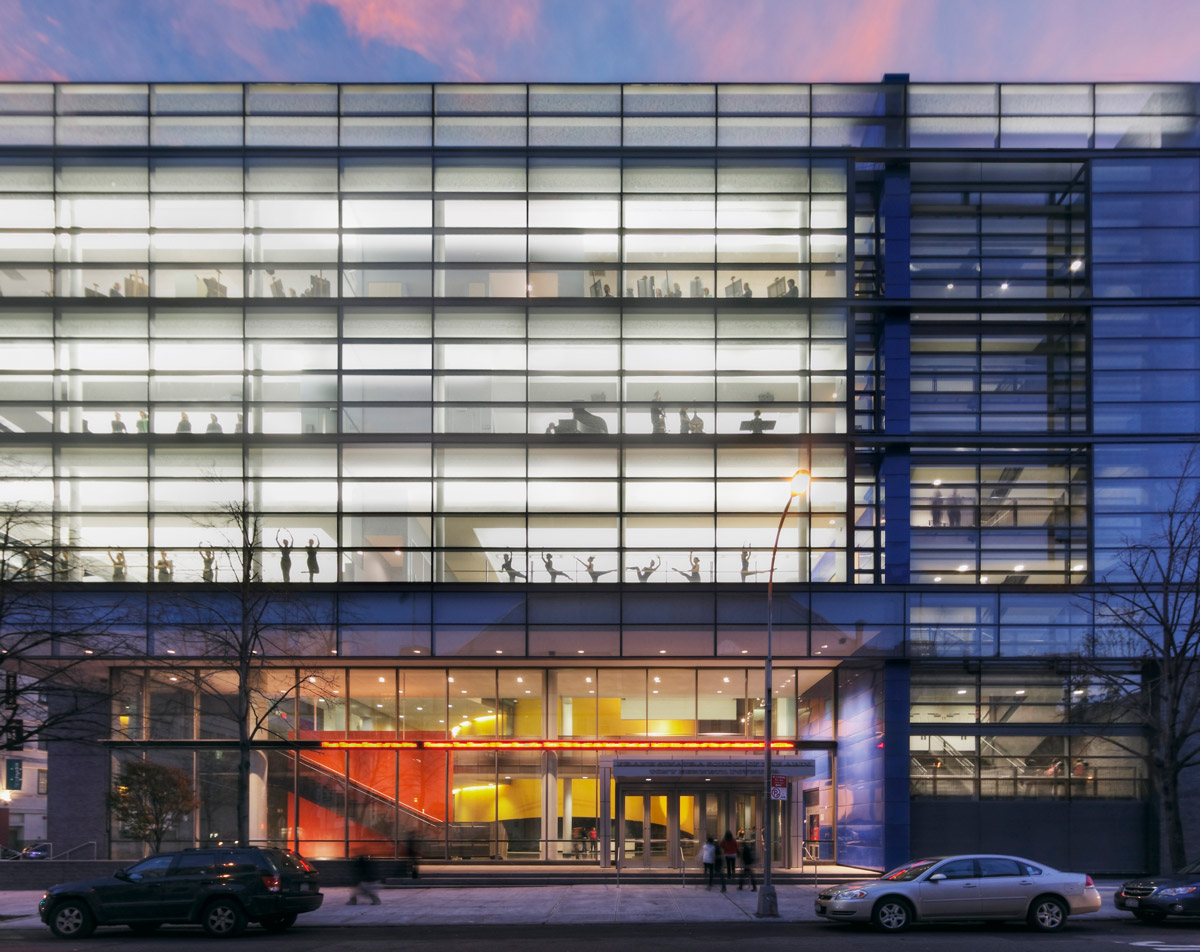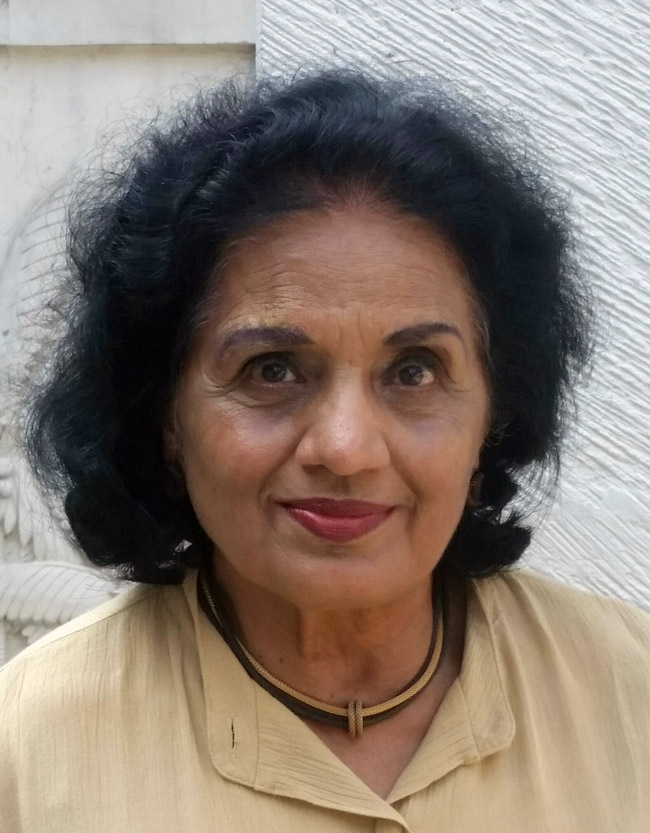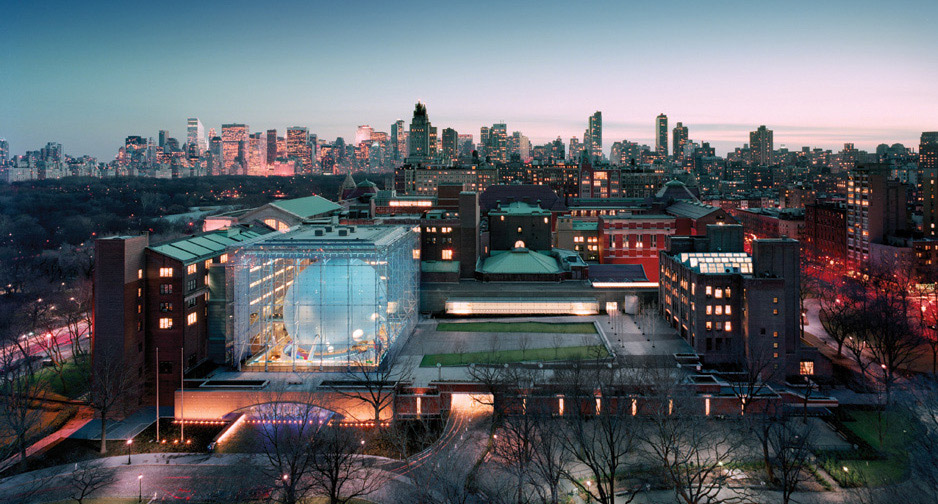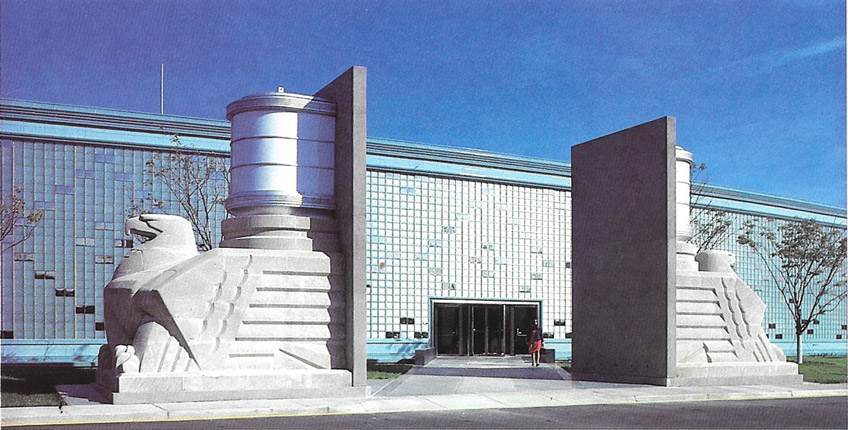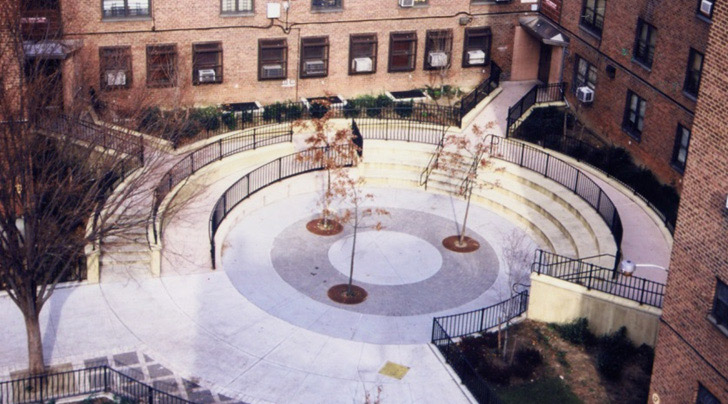by: AIA New York Chapter
Kalavati Somvanshi, FAIA, RA, Principal, SOMVANSHI/2, is a leader who leverages foresight and experience to create learning opportunities for fellow architects, consultants and subcontractors. Her efforts enhance design excellence and technical expertise for teams facilitating the practice of architecture. Somvanshi’s 47 years of experience have produced a methodology-management style that seeks to compel others to reach their full potential—and to strive for a high degree of consensus through all project phases. Her enthusiasm, collaborative style, and instrumental training have emboldened many junior colleagues, several of whom have gone on to become partners in firms, all while developing the competency of the firms in which she practiced.
The 2017 Jury of Fellows of the AIA elevated Somvanshi to its prestigious College of Fellows in the second category of Fellowship, which recognizes architects who have “Advanced the science and art of planning and building by advancing the standards of architectural education, training or practice,” according to the organizations’s definition. Now among the AIA membership’s three percent distinguished with Fellowship and honorary Fellowship, Somvanshi was recognized at the New Fellows Reception hosted by AIA New York in March and was honored further at an investiture ceremony at the recent AIA Conference on Architecture 2017 in Orlando.
Q: What is your earliest memory of experiencing architecture?
A: From my early days as a seven-year-old student and later, through high school, I was an artist and photographer, excelled at math and science, and learned the construction process of brick and concrete block walls. In college, I helped some failing students obtain their Bachelor of Architecture degrees by using my class notes and studying with me. While working with at a firm during the first two years, I visited project sites and learned the impact of architecture design on the contractors’ building construction status. Such results ignited my imagination about building design and the impact of the same building construction on the community of users.
In 1977, when I started working with Hardy, Holzman Pfeiffer Associates, on a new corporate campus for Best Products, I learned and saw how design excellence could promote construction status work to build the terra-cotta cornice and base profiles and curved glass-block walls.
Q. What is your proudest achievement as an architect?
A: My finest achievement as an architect is the way in which I have melded a full range of skills in architecture with design excellence, interior design, construction execution, and site supervision. My methodology-management style seeks to compel other architects to reach a high degree of consensus through all project phases. Such enthusiasm and instrumental training embolden many junior colleagues to become partners in firms. I have led the development of some of the most distinctive and award-winning architectural projects in the United States, Canada, and the UK.
I have worked with firms on several “signature” projects, including the Los Angeles Central Library; the Cleveland Library; the Rose Center for Earth and Space at the American Museum of Natural History, and the Frank Sinatra School of the Arts, both in New York; Best Products Headquarters, Phase 1, in Richmond, Virginia; and the redevelopment of the Barbican in London.
Q: How have you sought out leadership opportunities?
A: As a junior architect working for over two years in other countries and then with Setter, Leach & Lindstrom Architects, in Minneapolis, I was assigned as a project architect assisting the project manager in first five months. Later, based on my experience while working as a senior associate with the firm Hardy Holzman Pfeiffer Associates, on the award-winning Los Angeles Public Library project, I guided the contractors through their successful production and installation of most of the materials, such as a copper rooftop above the atrium, six-foot diameter terracotta enclosures around the atrium columns, and the renovation of the historical materials in this Bertram Grosvenor Goodhue building. In 1987, with the same firm, I organized the Team Leadership and mentored the staff with Roles and Responsibilities charts, project schedules, and drawing standards.
In 1996, working with Polshek Partnership (now Ennead Architects), I gathered and organized the project to achieve design and various phases: excavation, foundations, curtainwall and the remaining entire building and Rose Center Planetarium installation, all aspects, within four years. Such leadership advanced the firm status and was helpful for their professional practice in the USA.
Q: What are you working on right now, or what is your next big project?
A: As a leader and a Principal at SOMVANSHI/2, I am producing a book that will delineate many skills in the planning process of design, preparation of documents with clients’ expectations, approvals of the projects handled by agencies and site supervision. The book will also focus on how the architect’s work can advance the building process. It is my hope that this methodology-management style will compel other professionals—especially junior colleagues or recent college graduates—to reach a high degree of consensus through all project phases, resulting in future award-winning architectural projects and a successful architecture practice.
Q: What does being a Fellow mean to you?
A: I believe that all great architecture starts with a conceptual idea of the building in its unadulterated form, and the process of creating the building—from concept through completion—must remain faithful to the design concept as well as adhere to pragmatic building construction restraints and methods.
Fellowship acknowledges one’s effort to succeed, advocate, and formalize the extraordinary results of built projects and develop the competency of the firms. As a Fellow, I am motivated to advance professional practice by helping and consulting with upcoming progressive architects and developing their understanding of the culture as part of their working process. As a result of the fellowship status, first, the book noted above should support consultation towards Professional Architecture Practice.
Editors’ Note: This feature is part of a series celebrating the 18 members of the American Institute of Architects (AIA) New York Chapter that have been elevated to the AIA College of Fellows in 2017, an honor awarded to members who have made significant contributions to both the profession and society. Learn more about Fellowship here.








